From the archive: Violinist Ivry Gitlis, violist Bruno Giuranna and cellist Christopher Bunting share their views on the influential method
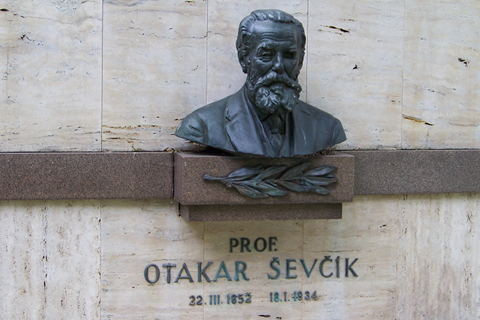
Ivry Gitlis, violinist
Perhaps to some, Ševčík's exercises appeared as a miracle all-curing remedy; the one blinding ray to blot out all darkness: 'do your Ševčík every morning and a Heifetz-Paganini you will be!' The danger here is precisely this abandoning of personal initiative and imaginative research, which is, in fact, the only miracle possible. I doubt that this was Ševčík's idea: when one sees the incredible amount and variety of exercises: double-stops, chords, arpeggios, position changes, bowing, etcetera, it looks more like an invitation towards further research - here you have a whole drugstore of possible remedies. It is up to the artist to know and understand the problem at hand and the prescription needed while realising that problems are not static monolithic statues of salt, and that one's work therefore should consist of being constantly alert to the variety of degrees and ills and the needed remedies.
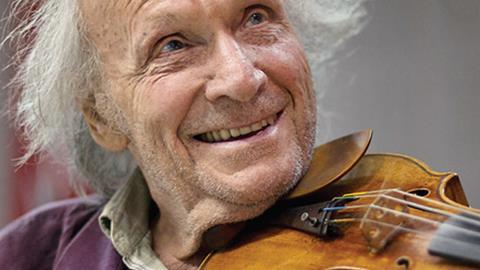
I used Ševčík as a student, and feeling myself still a student, do not shun the idea now. It is, however, possible for Ševčík to be damaging to students. As Shakespeare said, nothing is good or bad, but thinking makes it so. There is no such thing as exercise for exercise's sake, and repeating the same movements endlessly is as senseless as it is dangerous. Failing to establish balanced relationships between different parts of one's body can create the cramps and pains which are fatal to the natural development of a violinist.
Both teacher and student should avoid using exercises as a substitute for responsibility and thinking. They are only a means towards an end, the end being music. Thank you Mr Ševčík for trusting our intelligence.
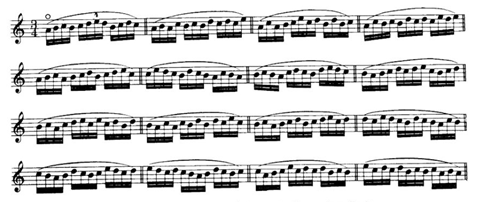
Christopher Bunting, cellist
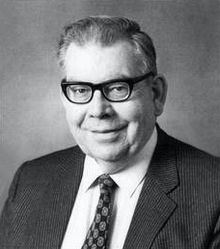
I've often thought that there is a place in the development of any tehnique for a measure of obsessionalism. Worse, I sometimes think that, considered as a trace element, it is essential. However, the seductive danger of obsessionalism must be warned against, and it is said that Carl Flesch admonished 'not more than 20 minutes of Ševčík per day!'
It is of value that Ševčík has laid out an encyclopedia of rhythmic gestures and it is evident that players must deploy a wide vocabulary of these motifs. If one posits that the fine artist will also possess a fine balance of mind then, perhaps, the situation will be self-regulating. Perhaps, after all, the whole question hinges upon the vital distinction between metre and rhythm. No amount of devotion to Ševčík will bring one within range of knowing how to play the last movement of Sibelius's Concerto.
Bruno Giuranna, violist
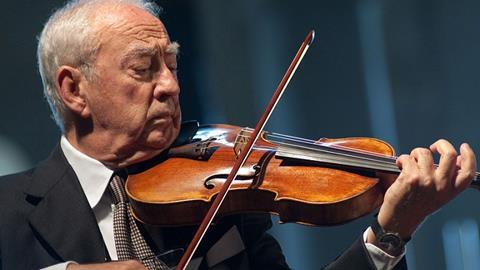
I don't think that Ševčík could be damaging for anyone, if used with discernment and intelligence. The problem with Ševčík is that his not-too-many-but-excellent ideas produced an enormous extension of volumes whose dimension discourages anyone. Thus it is necessary to select from the vast material.
Ševčík was the first pedagogue to rationalise the mechanical aspects of violin playing. The goal of his bow exercises is to give the player the skill to equally master the middle, frog and tip of the bow as far as sound and agility are concerned. His idea of semitone system is the most effective method of teaching basic left-hand technique ever devised. Average violin playing has certainly improved thanks to it. Practising each of the four possible applications of the fingers on the fingerboard (semitone between 1st and 2nd, 2nd and 3rd, 3rd and 4th fingers) separately not only makes it easier to play in tune, it also introduces the idea of playing groups of notes instead of single ones. This is the principle of organisation in the left hand.
It should be clear that by practising Ševčík no one will become a musician, in the same was as no one will become a boxer just by jogging, but Otakar Ševčík was a great leader of modern violin, and viola playing.
These interviews were first published as part of a larger feature in the Strad's September 1998 issue


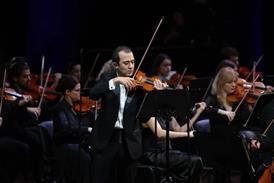
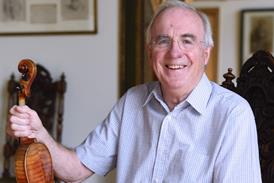































No comments yet